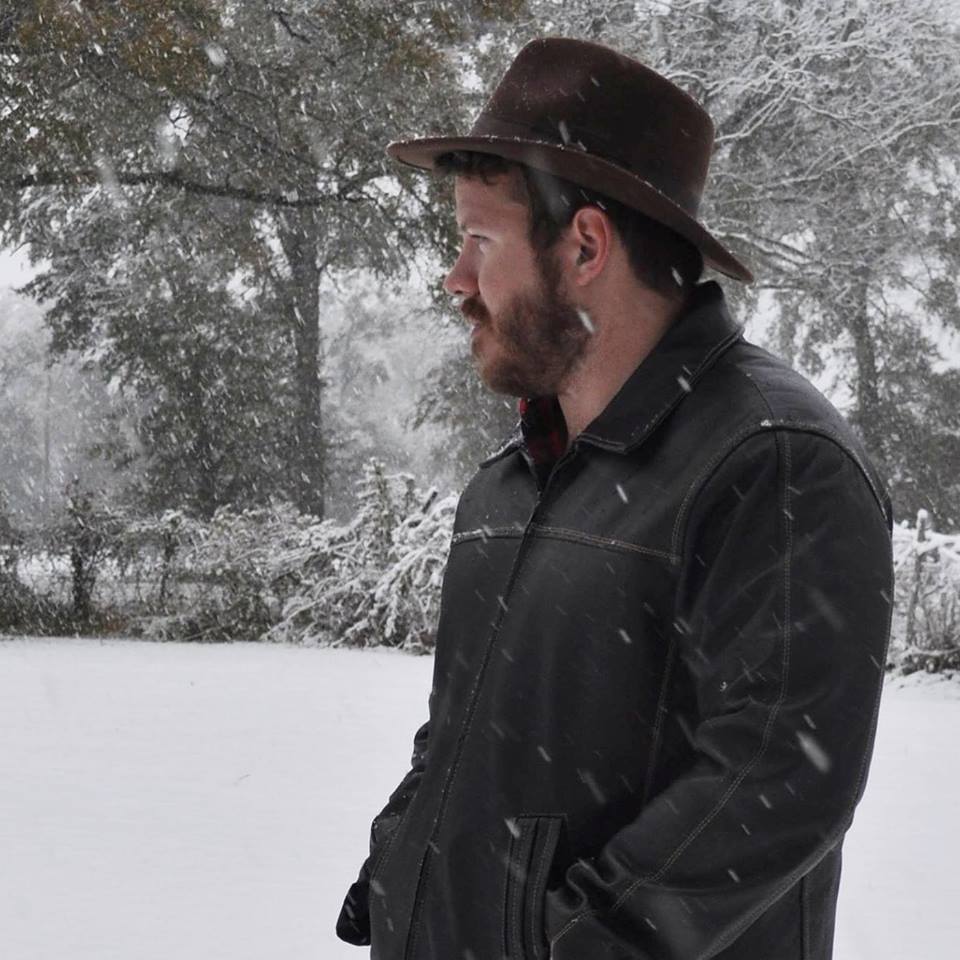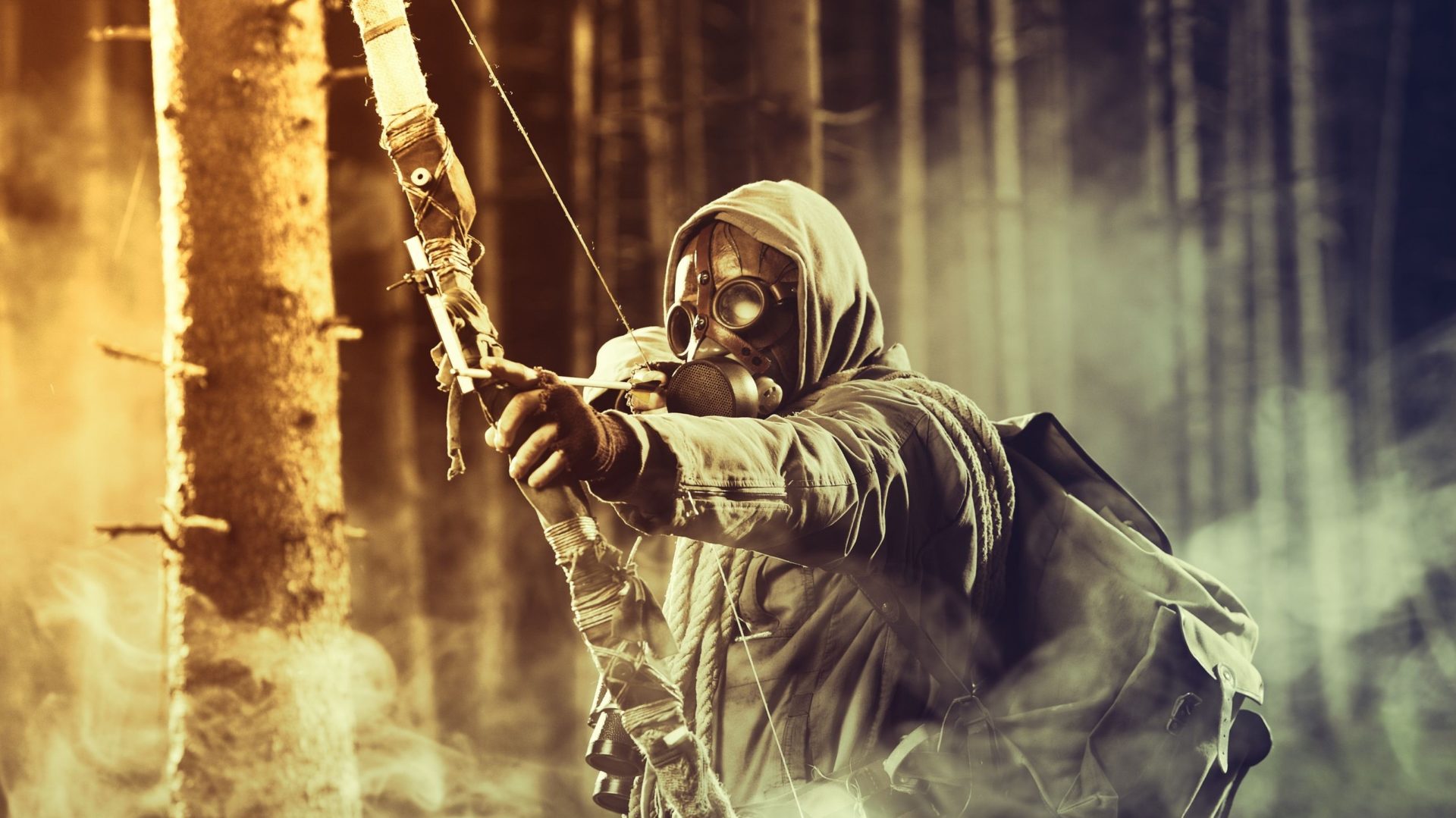Natural disasters can strike at any moment and can have devastating effects on homes and communities. From hurricanes and floods to wildfires and earthquakes, preparing your home for a natural disaster can help protect your property and your family. By mitigating potential damage, you can increase your chances of weathering the storm and minimizing the impact of any disaster.
You can take many steps to prepare your home for a natural disaster, and the earlier you start, the better. By planning and being proactive, you can reduce the risk of damage to your property and ensure that you and your loved ones are safe in an emergency. In this guide, we will explore some of the most important steps you can take to prepare your home for a natural disaster, from creating a disaster preparedness plan to securing your home and belongings and much more. So let’s get started and learn how to prepare your home for any disaster that may come your way.
- The first step in preparing your home for a natural disaster is to create a disaster preparedness plan. This plan should outline what you will do in an emergency, including where you will go and what supplies you need. Involve all family members in creating the plan and ensure everyone knows their roles and responsibilities. Practice drills regularly to ensure everyone knows what to do if disaster strikes.
- Secure Your Home and Belongings. Next, take steps to secure your home and belongings. Install storm shutters or board up windows to protect against high winds and flying debris. Trim any trees or branches that could fall and cause damage. Secure loose outdoor items like patio furniture and remove debris around your home. Consider installing a backup generator and ensure your insurance policies are up to date and provide adequate coverage.
- Stock Up on Emergency Supplies. In a natural disaster, you may be without power, water, or other essential services for an extended period. That’s why stocking up on emergency supplies like non-perishable food, water, batteries, and a first-aid kit is necessary. Ensure you have enough supplies to last for several days, and keep them in a designated area that is easily accessible.
- During a natural disaster, it’s essential to stay informed and follow instructions from local authorities. Keep a battery-powered or solar crank radio or other means of communication on hand to receive updates and evacuation orders. Follow evacuation orders if necessary, and don’t try to ride out the storm.
- In a natural disaster, essential documents and data can be lost or damaged. It’s good to back up important documents and data to a secure, off-site location or a cloud-based storage service.
- Retrofit Your Home. Consider retrofitting your home if you live in an area prone to earthquakes, hurricanes, or other natural disasters. This can involve strengthening the foundation, installing reinforcing brackets on the roof, and other modifications to make your home more damage-resistant.
- Know Your Community’s Emergency Plans. Familiarize yourself with your community’s emergency plans and evacuation routes. Contact your local emergency management office to find out more about your community’s plans and what you can do to help.
- Have a Plan for Your Pets. If you have pets, including them in your disaster preparedness plan is essential. Make sure you have enough food, water, and medication for your pets and have a plan for transporting them to a safe location if necessary.
- It’s essential to have basic life-saving skills during a natural disaster. Take a first aid and CPR classes to learn how to treat injuries and perform life-saving techniques. Also, learn how to turn off the gas, water, and electricity in your home and use a fire extinguisher.
- Buy Flood Insurance. If you live in an area prone to flooding, consider purchasing flood insurance. Standard homeowners insurance policies do not typically cover flood damage, so it’s essential to have separate flood insurance to protect your home and belongings.
- Have a Communication Plan. In a natural disaster, communication may be disrupted, making it difficult to contact family and friends. Create a communication plan with your family and friends that includes contact information, backup methods of communication, and a designated meeting place. Two-way radios are great for communicating when phones are down.
- Consider Your Unique Needs. Finally, consider your unique needs when preparing your home for a natural disaster. This can include ensuring that medical equipment has backup power, stocking up on prescription medication, or making arrangements for family members with disabilities or special needs.
These additional steps can further increase your preparedness for a natural disaster and help protect your home and family. Remember to regularly review and update your disaster preparedness plan and supplies to ensure that you are ready for any emergency that may come your way.
How to Safely Evacuate Your Home During a Natural Disaster
When a natural disaster strikes, it’s essential to evacuate your home as quickly and safely as possible. Evacuation may be mandatory or recommended, depending on the severity of the disaster and the potential risks. Whether you’re evacuating due to a hurricane, wildfire, flood, or another natural disaster, here are some tips to help you do so safely.
Plan Ahead
Before a natural disaster strikes, it’s essential to have a plan in place for evacuation. This includes identifying the safest and quickest route out of your home and neighborhood and having a designated meeting place for family members. Make sure everyone in your household knows the plan and practices it regularly.
Stay Informed
Stay informed about the situation through the local news and emergency alerts. Follow the instructions of local authorities, and if they advise you to evacuate, do so immediately. Be sure to evacuate before the last minute, as this can endanger you and your family.
Pack a Go-Bag
Pack a go-bag with essential items, such as medication, important documents, cash, and a change of clothes. Include supplies for your pets if you have any. Keep the go-bag in an easily accessible place, so you can grab it quickly when it’s time to evacuate.
Secure Your Home
Before leaving your home, secure it as best as you can. Turn off gas, electricity, and water supplies, and lock all doors and windows. Move any valuable or sentimental items to a safe location, if possible.
Follow Evacuation Routes
Follow designated evacuation routes, even if they differ from your usual way. Avoid shortcuts, as these may be dangerous or blocked. Listen to traffic reports and be prepared for heavy traffic if you’re driving.
Stay Calm
Evacuation can be stressful and scary, but staying calm and focused is essential. Follow the instructions of emergency personnel, and don’t panic. If you need assistance, ask for help.
Following these tips, you can safely evacuate your home during a natural disaster and protect yourself and your family. Remember to stay informed, plan, and remain calm during any emergency.
Conclusion
Preparing your home for a natural disaster is essential in keeping you and your family safe during emergencies. Following the tips outlined in this article, you can create a comprehensive plan for preparing your home, creating an emergency kit, and understanding different types of natural disasters and their effects. It’s essential to stay informed, practice your plan regularly, and have the necessary supplies to ensure you’re prepared for anything that may happen.
Remember, natural disasters can happen anytime and without warning, so preparing before them is crucial. By doing so, you can protect your family, your home, and your belongings and minimize the impact of a disaster on your life. Stay vigilant, stay prepared, and don’t hesitate to contact local authorities or emergency services if you need assistance during a natural disaster.
Frequently Asked Questions Related to Preparing for Natural Disasters:
What are the most common natural disasters that can affect my home?
The most common natural disasters affecting homes are hurricanes, tornadoes, floods, wildfires, earthquakes, and severe storms.
How can I prepare my home for a natural disaster?
You can prepare your home for a natural disaster by ensuring it is structurally sound, securing outdoor items, installing storm shutters or impact-resistant windows, and having an emergency kit with essential supplies.
What should be included in an emergency kit?
An emergency kit should include non-perishable food, water, a first-aid kit, a flashlight, extra batteries, a battery-powered radio, a whistle, essential documents, cash, and any necessary medications.
How can I stay informed about natural disasters?
You can stay informed about natural disasters by signing up for emergency alerts through your local authorities or the Emergency Alert System (EAS). You can also monitor local news and weather reports.
What should I do if I am instructed to evacuate my home?
If you are instructed to evacuate your home, you should do so immediately. Follow the designated evacuation routes and take your emergency kit with you. Ensure you turn off gas, electricity, and water supplies before leaving your home.
What should I do if I am unable to evacuate my home?
If you cannot evacuate your home, seek shelter in a safe place, such as a basement or interior room with no windows. Cover yourself with a mattress or blankets to protect yourself from debris. Call for help if you need it.
How can I prepare my pets for a natural disaster?
You can prepare your pets for a natural disaster by creating a pet emergency kit with food, water, medication, and toys. Make sure your pets are wearing identification tags and have a microchip. Include them in your evacuation plan and ensure they are safe during the disaster.

Jerome is an avid outdoorsman who moonlights as an attorney when he’s not creating the world’s greatest online content.
Related posts:
- Advantages of Having a Prepackaged Emergency Food Supply […]...
- Ready Hour Black Bean Burger Mix – The Perfect Addition to Your Emergency Food Supply […]...
- Ultimate Guide to Building and Packing Your Bug Out Bag […]...
- The 5 Best Home Alarm Systems of 2022 […]...
- Ring Alarm 14-Piece Kit – Home Security System […]...
- Stock Up with Style: Augason Farms Lunch and Dinner Variety Pail for Your Emergency Food Needs […]...
- How Valley Food Storage’s Long-Term Emergency Food Kit Can Keep You Prepared in Any Situation […]...
- The Benefits of Having The Survival Tabs Emergency Food Supply On Hand […]...
- The 5 Best Home Security Cameras of 2022 […]...
- 4Patriots Emergency Food Supply – Your Survival Solution […]...
- ReadyWise Emergency Food Supply – Surviving the Unexpected […]...
- The Ultimate Guide to Choosing the Perfect Gun Safe for Your Home […]...


